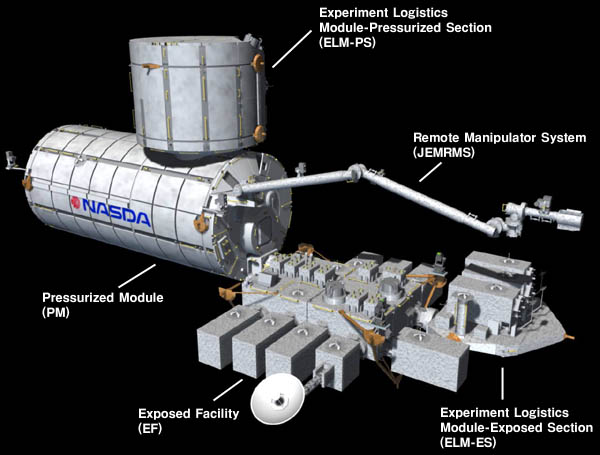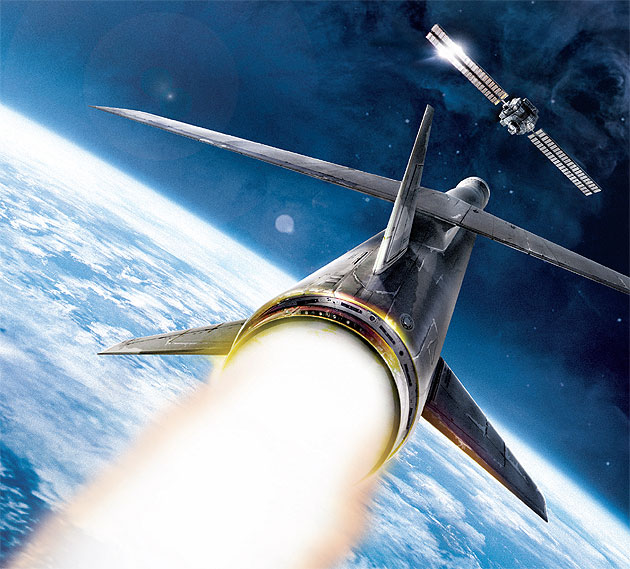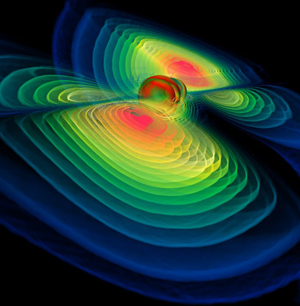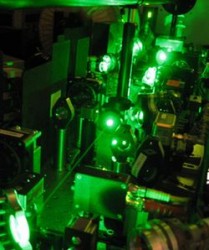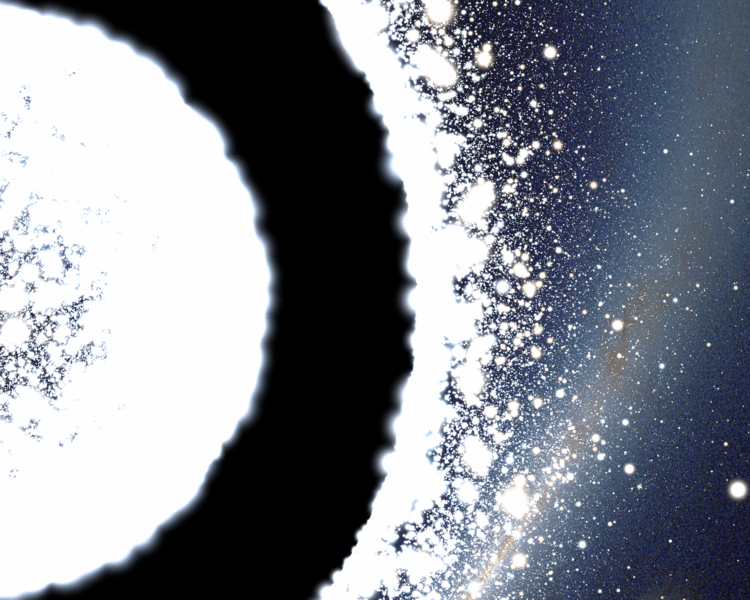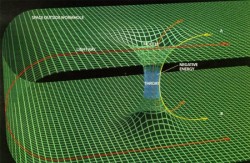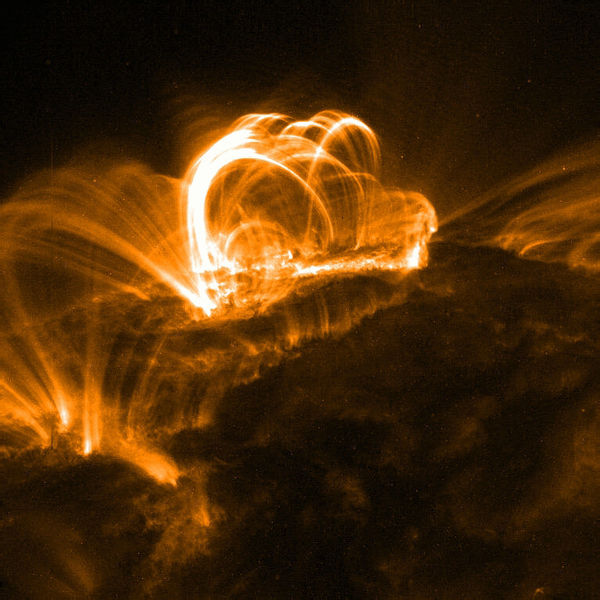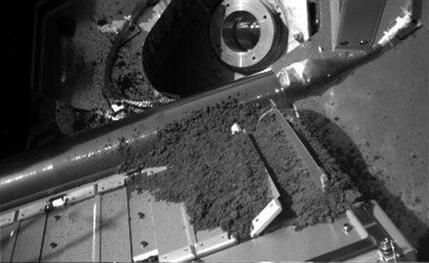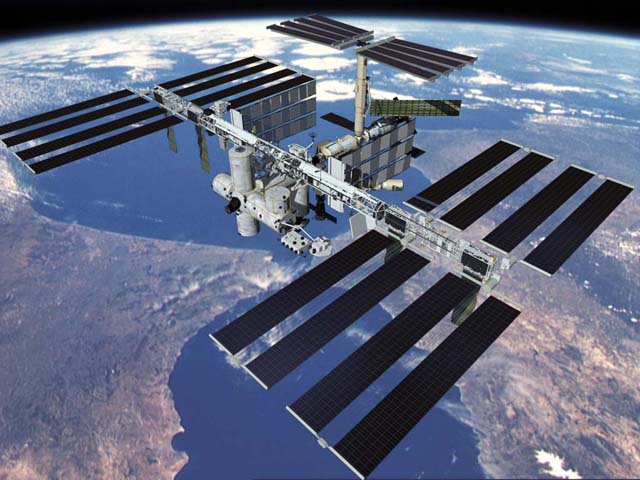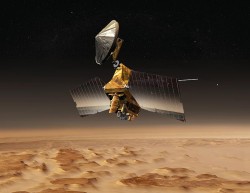This could be a bit of a tricky (and amusing) situation for astronauts on board the International Space Station (ISS). Space Shuttle Discovery astronaut Mark Kelly mentioned a minor technicality with the new Kibo laboratory during an in flight interview last Friday: It might be too spacious. Surely this is a good thing right? It is, and it isn’t. On the one hand the lab provides a large volume for four astronauts to work in comfortably, but on the other hand, if you get stuck in the middle, you may not be able to reach the sides. This could result in a rather frustrating situation where one of the astronauts may become “stranded” in zero-G…
The brand new Japanese Kibo laboratory was successfully delivered to the ISS last Tuesday (June 3rd) by Space Shuttle Discovery (STS-124). After successfully attaching the large module to the station using the onboard robotic arm, the station astronauts connected the electrical, water and air supply, pressurized the module ready for use. This was all being done whist cosmonaut Oleg Kononenko carried out some essential plumbing on the station toilet pump.
So all is going well on board the ISS, especially with the prospect of carrying out some exciting new science activities inside the largest module of the station. However, the astronauts will have to be careful when inside Kibo, they might become stranded. As observed by STS-124 commander Mark Kelly last Friday, “You have to be a little extra careful, you can get out in the middle of it and you can’t reach a handrail and you could possibly get stuck there for a little while.”
The Kibo module is the largest module attached to the ISS. The laboratory measures 37 feet (11 meters) long by over 14 feet (4.3 meters) wide, should an astronaut drift into the middle of Kibo, he or she may not be able to reach the handrails or the sides. Kelly obviously had first-hand experience of this during the setup of Kibo as he said that he and his crew had little time for orbital antics, like flailing around in the middle of Kibo when work needed to be done.
This isn’t a serious issue as there will likely be more than one astronaut inside Kibo to assist should their crewmate get stranded. It also seems easy enough to stretch lengths of cord from one side of Kibo to the other (or one down the axis) so astronauts can quickly right themselves. But I’m sure that the station astronauts will be happy to have such a volumous space to float around in rather than being too worried about getting stuck in the middle…
Source: Reuters

